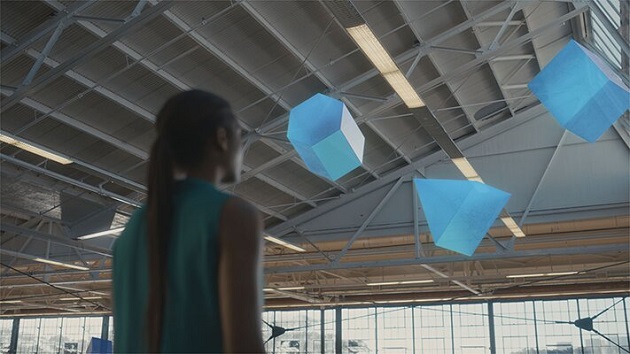With the reality of virtual interaction increasing during the COVID-19 pandemic, Facebook is expanding its AI-based augmented reality (AR) initiative. The company’s Reality Labs aim to develop lightweight, stylish glasses that will allow wearers to engage with family and friends safely and regardless of geographical distance.
Facebook has also taken into consideration the ergonomic benefit of 3D glasses that cover the wearer’s face to make the reality seem more authentic, as opposed to needing to constantly glance down at a phone or smartwatch.
As these glasses should be highly ethical and user-friendly, Facebook seeks to make this device private, secure, easy-to-use, functionally reliable, and comfortable to wear. In order to help ensure ethical development, the Lab has devised a set of principles for responsible innovation. These principles include never surprising users with how a product functions, providing transparent controls that users can make sense of, considering all potential users and adjacent individuals who may be impacted, and prioritizing the community’s rights over commercial profit.
A sample scenario of how these glasses work might include visiting one’s favorite café. When the wearer enters the café, the glasses can automatically order the user’s preferred beverage. Additionally, the device Assistant can activate the wearer’s in-ear monitors (IEMs) to dampen any excess noise from the surrounding environment. Furthermore, the Assistant can also access a user’s contact list, so the wearer can make calls without ever opening a laptop or phone. Finally, the glasses can even send subtle reminders for calendar events as well as predict the best travel route based on traffic conditions.
Whereas many previous virtual reality devices have emphasized the computer’s perspective, these Augmented Reality glasses focus on daily human activity. By following the wearer’s regular routine, the AR AI adds to its lexicon by acting, learning, and sensing based on the everyday actions of a particular user.
Perhaps most innovatively, through a technological pillar known as ultra-low-friction input, these AR glasses will aim to anticipate the wearer’s intentions. Such a function could allow the device to predict the mere movement of a finger, thus decreasing the period of time from intention to follow-through of a task. Finally, the AR adopts a trifecta of AI, context, and personalization in order to contextualize a wearer’s desires and needs based on that person’s individual habits.








